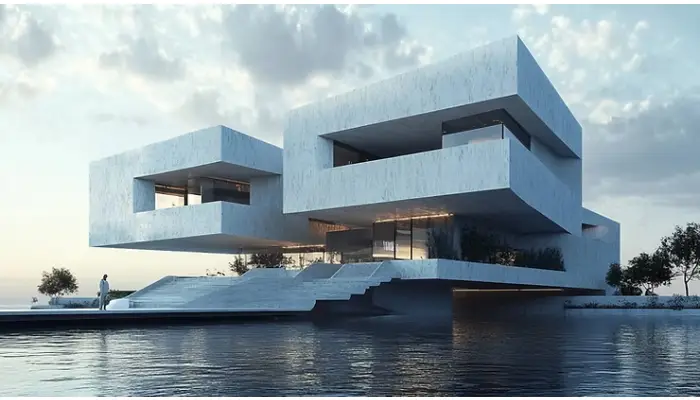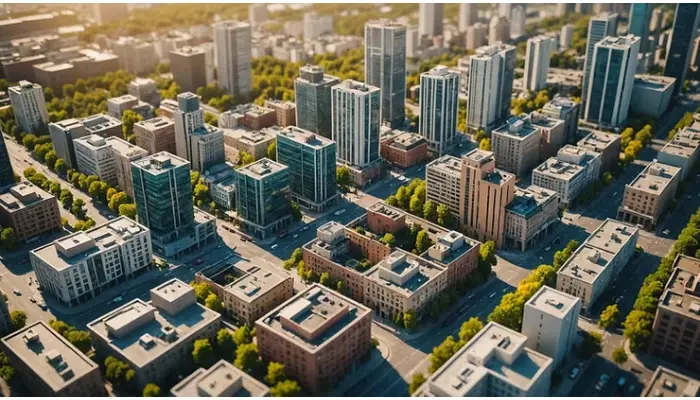As cities continue to expand and architecture grows more complex, the need for smarter urban planning tools becomes undeniable. From community-centric developments to high-rise innovations, modern projects require a level of visualization that blueprints alone can’t deliver. This is where 3D exterior rendering services are making a significant impact.
No longer limited to marketing aesthetics, 3D renderings are reshaping how architects, developers, city planners, and even the public interact with evolving urban landscapes. This article explores the growing role of 3D exterior visualization in urban development — shedding light on how this powerful technology supports smarter, more sustainable, and more collaborative city-building.
1. From Concept to Community: Bridging Vision and Reality
Urban planning has always been a balancing act between function, form, and livability. Traditionally, this involved 2D site maps, zoning documents, and technical drawings that made it difficult for non-specialists — like stakeholders or residents — to fully grasp proposed changes.
3D exterior rendering services solve this challenge by converting complex design proposals into photorealistic visual experiences. Stakeholders can now “see” a future building in its real-world context — down to how it looks at sunset or how shadows fall across a pedestrian walkway.
This level of realism isn’t just a tool for impressing investors; it builds trust among communities and reduces friction during the approval process. When citizens are shown exactly how a new park or apartment complex will look and function, they’re more likely to support it.

2. Improving Design Accuracy Through Collaborative Visualization
One of the key challenges in urban development is coordinating multiple teams — architects, civil engineers, landscape designers, and local authorities — who all bring different perspectives and requirements. Miscommunication or misalignment between them can lead to costly delays or unsatisfactory outcomes.
That’s where collaborative 3D rendering workflows shine. By integrating 3D exterior visualization early in the design process, teams can align around a shared, detailed model of the project. Changes in facade materials, lighting design, or structural form can be reviewed together in real-time, ensuring everyone is on the same page.
Startups like RENDEREXPO, for instance, focus heavily on client feedback loops, ensuring that renderings are updated iteratively to reflect collective input. This approach not only reduces risk but also enhances creativity, enabling design decisions to evolve organically with client and community feedback.
3. Sustainability Through Simulation: Visualizing the Environmental Impact
Sustainability is no longer optional in modern urban planning — it’s a foundational principle. One lesser-known advantage of 3D exterior rendering services is their ability to simulate environmental interactions. How will the building respond to seasonal light patterns? Will it create wind tunnels or reduce noise pollution?
Advanced rendering software can simulate these environmental factors in lifelike detail. Designers can test different materials, placements, and angles to optimize energy efficiency and pedestrian comfort — all before a single brick is laid.
Moreover, by visualizing the integration of green infrastructure — rooftop gardens, solar panels, or stormwater management systems — planners can demonstrate their commitment to eco-conscious design in a way that’s easy to understand and endorse.
4. Public Engagement and Approvals: Winning Hearts with Visual Storytelling
For any large-scale urban development project, gaining public approval is often one of the most time-consuming hurdles. Town hall meetings, environmental impact assessments, and zoning changes all require clear, compelling presentations of complex ideas.
Enter visual storytelling through 3D renderings.
High-quality exterior visuals help planners tell the story of a development — from its inspiration to its intended social impact. With fly-through animations or augmented reality experiences, citizens can virtually walk through a planned space, explore its features, and envision its role in their daily lives.
This transparent, immersive approach strengthens public engagement and gives stakeholders a chance to provide meaningful input — not just objections. It turns development from something done to a community into something done with them.
5. Looking Ahead: AI, Real-Time Rendering, and the Future of Urban Visualization
The future of 3D exterior rendering is evolving rapidly. Real-time rendering engines like Unreal Engine and AI-powered design tools are pushing the boundaries of what’s possible in architectural visualization.
Urban planners can now manipulate environments in real-time — adjusting sun positions, materials, or building layouts on the fly during design review meetings. Some tools even generate adaptive designs based on zoning regulations or environmental constraints, streamlining the feasibility phase of development.
Startups that emphasize flexibility and co-creation, like RENDEREXPO, are uniquely positioned to adopt these emerging tools. By maintaining a client-centric philosophy, they can evolve their workflows alongside technological advances — ensuring that every visual not only impresses but empowers informed, creative decisions.
Conclusion
In today’s design-forward world, 3D exterior rendering services are more than just an architectural luxury — they’re an essential part of building better cities. From reducing miscommunication to fostering public trust, these tools transform how ideas move from concept to concrete.
As urban spaces grow more dynamic and stakeholder expectations rise, one thing is clear: the future of development belongs to those who can visualize it — clearly, collaboratively, and creatively. Whether you’re an architect, city planner, or community advocate, embracing 3D exterior visualization could be the key to more vibrant, sustainable, and inclusive urban design.




